
The Science Behind Sebaceous Glands: Understanding The Role Of Oil Glands On Your Face
Your body automatically produces an oily substance to shield your skin from drying out. This substance is called sebum, and it is secreted by the sebaceous glands. Keeping your sebaceous glands healthy is pivotal for achieving smooth and pimple-free skin. Scroll through this article to learn more about the sebaceous glands and how to keep them healthy.
Introduction to sebaceous glands
If you are searching the internet to understand “what are sebaceous glands?” you should know that they offer a protective coating to your skin. By producing sebum, these glands help your skin to retain moisture. The oily substance called sebum includes lipids or fat molecules, including cholesterol, glycerides, fatty acids, and squalene.
Understanding the function of sebaceous glands
Most of the sebaceous glands in the body are connected to hair follicles. But some sebaceous glands work alongside your sweat glands. So, they have openings on your skin’s surface instead of hair follicles. However, all sebaceous glands have the function of creating and secreting sebum.
Factors that affect sebaceous gland activity
Common conditions that can impact the functionality of the sebaceous glands include:
- Acne: With sebum mixing with dirt and clogging your pores, acne breakouts can start appearing on your skin.
- Hyperplasia: If your sebaceous glands become too active, you might notice a harmless condition called hyperplasia.
- Sebaceous cysts: Lumps called sebaceous cysts might appear beneath your skin at times. These lumps are filled with sebum.
- Sebaceous carcinoma: A rare form of cancer occurring in the sebaceous glands of your skin is called sebaceous carcinoma. This type of cancer results in a yellow lump on the eyelid.
- Sebaceous filaments: Overproduction of sebum can also contribute to sebaceous filaments. They make the pores of your skin bigger. As a result, the pores become filled with dead cells and sebum around the hair follicle.
The connection between sebum and acne
If your body produces excess sebum, it combines with dirt and bacteria. This mixture of excess oil, dirt, and bacteria can clog your pores. Due to this blockage, acne flare-ups will start showing up on your skin and make it uneven.
Maintaining healthy sebaceous glands: Tips and tricks
If the oil glands on your face start producing excess sebum, you will begin to face the issue of acne breakouts. So, follow these skincare hacks to keep your sebaceous glands healthy:
- Use a good cleanser: The Clearing & Calming Acne Face Wash will remove impurities so that dirt and dust cannot combine with excess oil to clog pores. It will spread effortlessly all over your face to remove bacteria and give a fresh look. Apart from controlling sebum production, this face wash will also make your skin feel soft and calm.
- Leverage the potential of niacinamide: Choose the Super Clarifying 12% Niacinamide Face Serum to put a hold on excess sebum production. This powerful serum with the right concentration of niacinamide will fulfil your dream of an even skin texture. It will also balance out your skin tone and eliminate enlarged pores.
- Embrace a lightweight moisturiser: Do you know when your sebaceous glands become overactive? It happens when you are not hydrating your skin enough and failing to provide it with the right nutrients. The sebaceous glands try to compensate for a lack of moisture with excess oil production. Moisturising your skin is necessary for keeping this excess sebum secretion in check. But choose a lightweight hydrating solution like the Acne Care & Healing Gel Moisturiser with Tea Tree & Cica to lock in moisture without clogging pores.
Sebaceous glands – not the same as sweat glands
The sweat glands in your body produce a watery substance. Meanwhile, the sebaceous glands produce an oily and waxy substance. Unlike sweat glands, sebaceous glands don’t have any ducts. They are responsible for producing sebum that helps retain your skin’s moisture, while sweat glands produce sweat that regulates your body’s temperature, among other things.
Conclusion: Embracing your skin's natural oils
The sebaceous glands are responsible for producing your skin’s natural oils. So, keep them healthy and maintain a natural balance of the moisture levels of your skin.
Also read: 8 Tips on How to Control Oil on Face
FAQs:
-
Are the sebaceous glands on my skin big?
Sebaceous glands are microscopic and won’t be visible to the naked eye. If you still want an idea about its size, check a strand of hair on your arm. Hair growth takes place inside a tube called the hair follicle, which is present below your skin. A tiny opening is present inside the tube or hair follicle for your sebaceous glands to secrete sebum.
-
What is the amount of sebum produced by the sebaceous glands?
Your sebaceous glands become active after birth and start secreting sebum. Before puberty, the amount of sebum production is quite low. As puberty strikes, your body starts producing sebum in excess. Sebum production goes back to normal levels during adulthood. Your body will begin to produce sebum at a slower pace after 70 years.
-
How can I take care of my sebaceous glands?
The right skincare products to keep your sebaceous glands healthy will prevent the blockage of your pores. Choose a light cleanser and hydrate with a proper moisturiser to keep the sebaceous glands healthy. Moreover, step out in the sun wearing sunscreen to protect your sebaceous glands.























































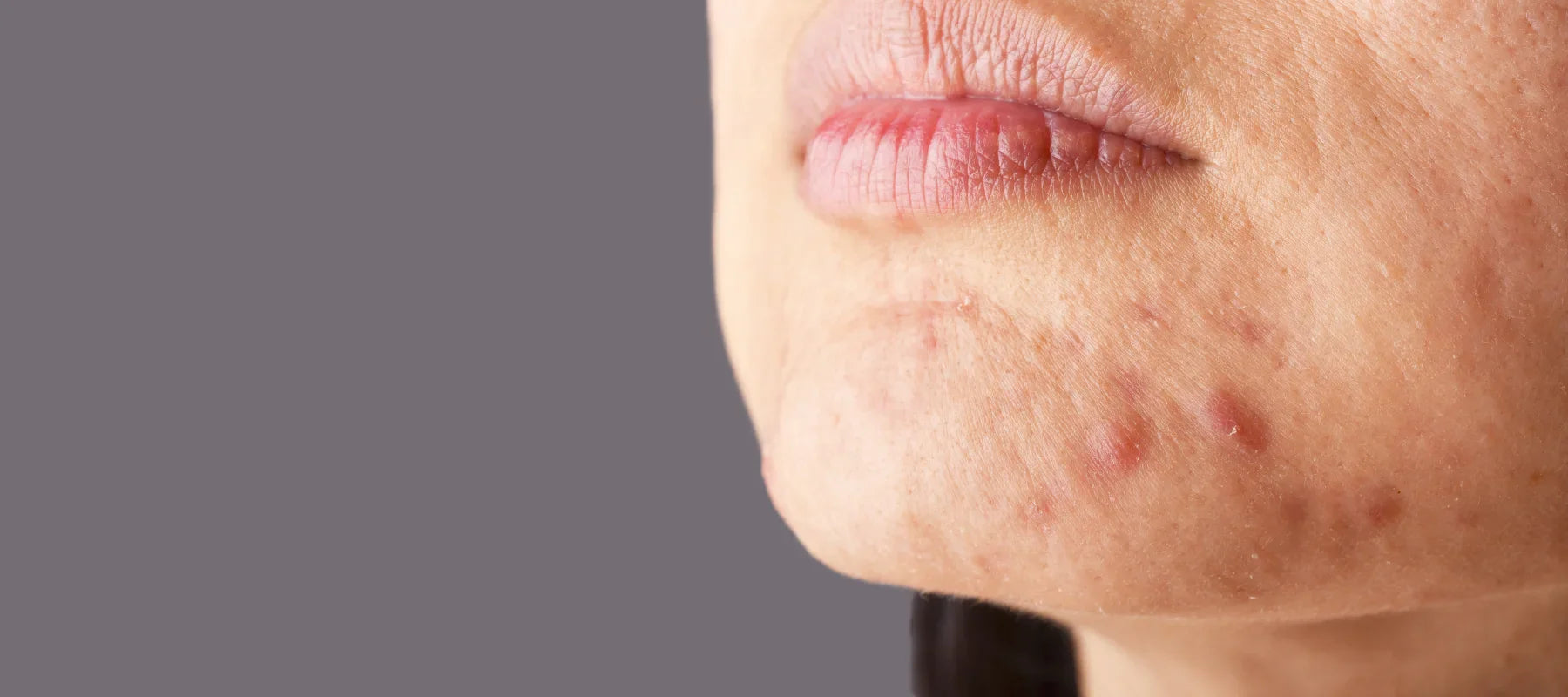
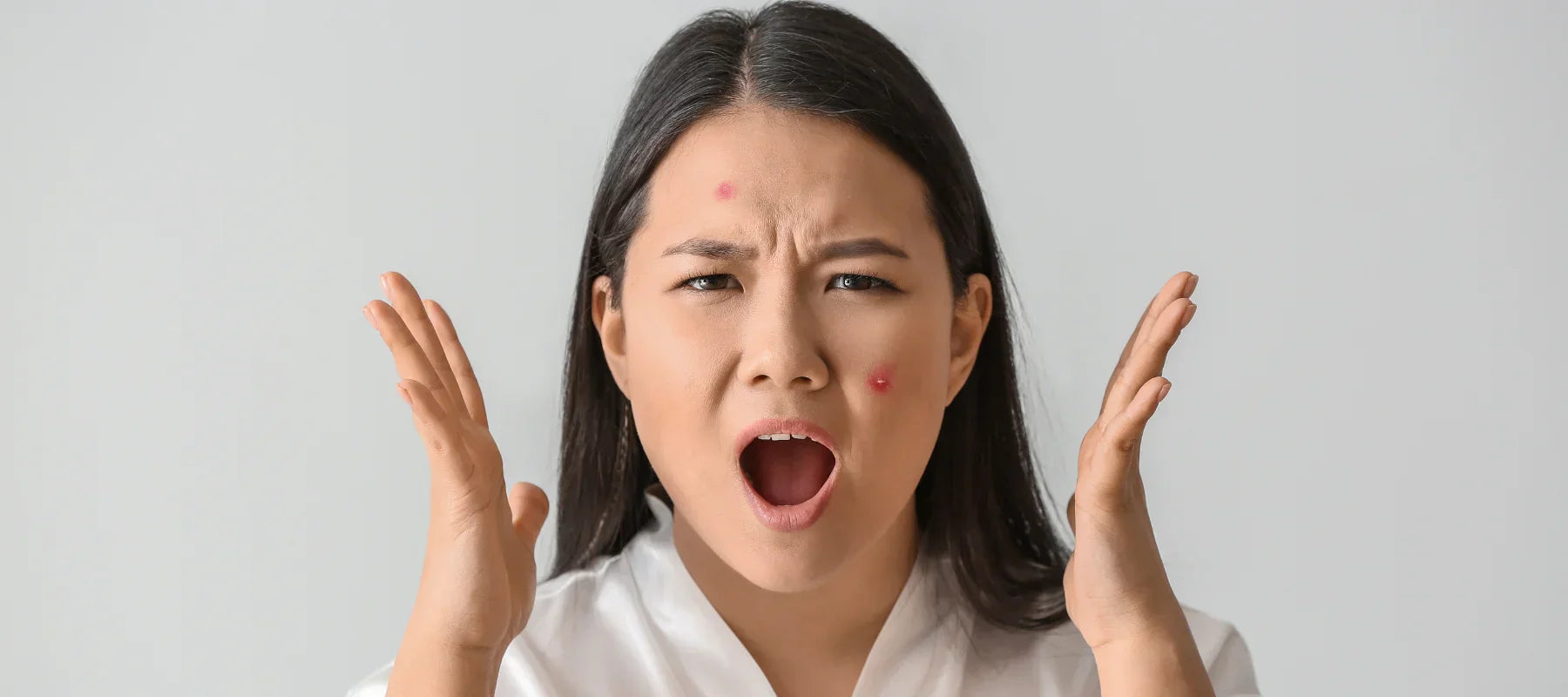
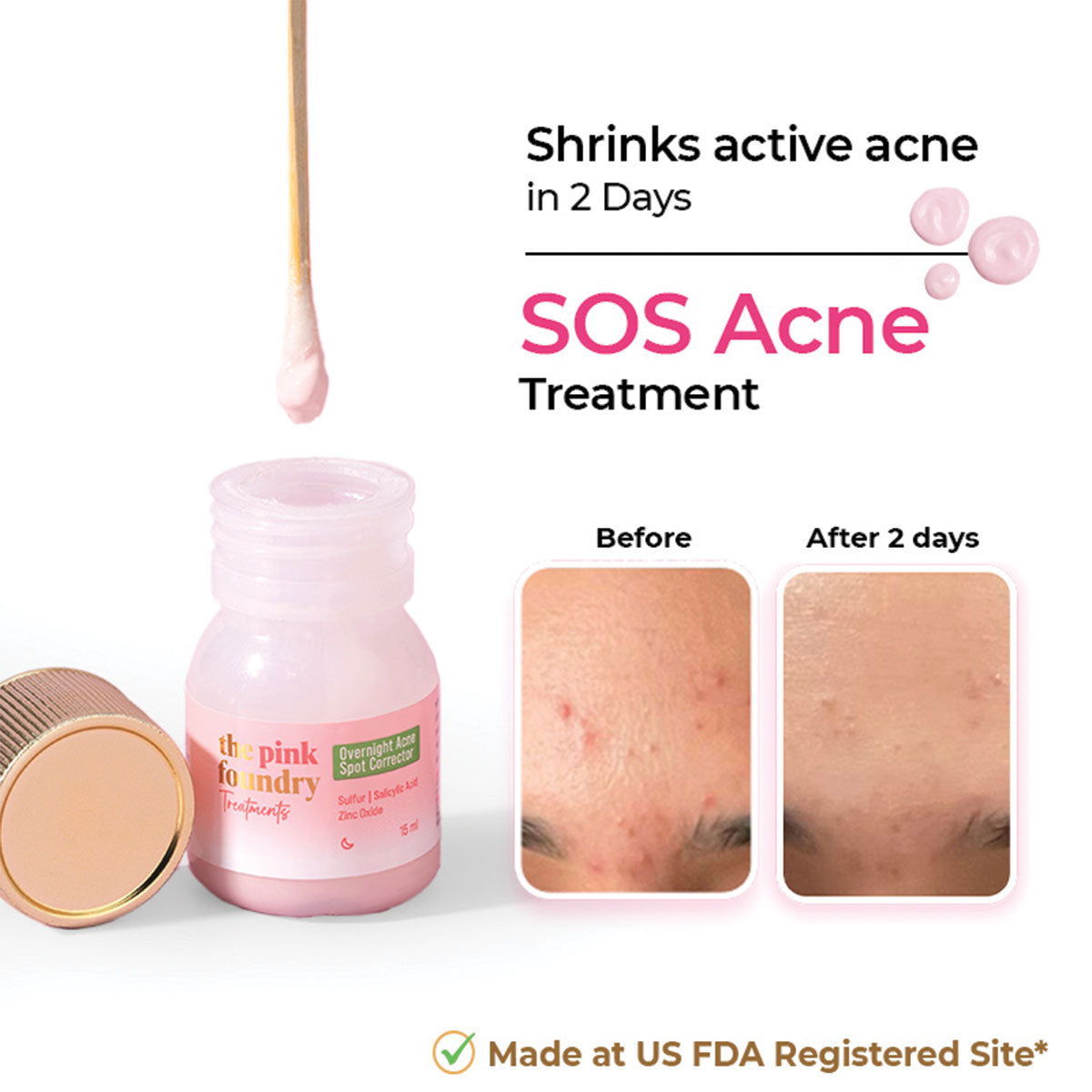
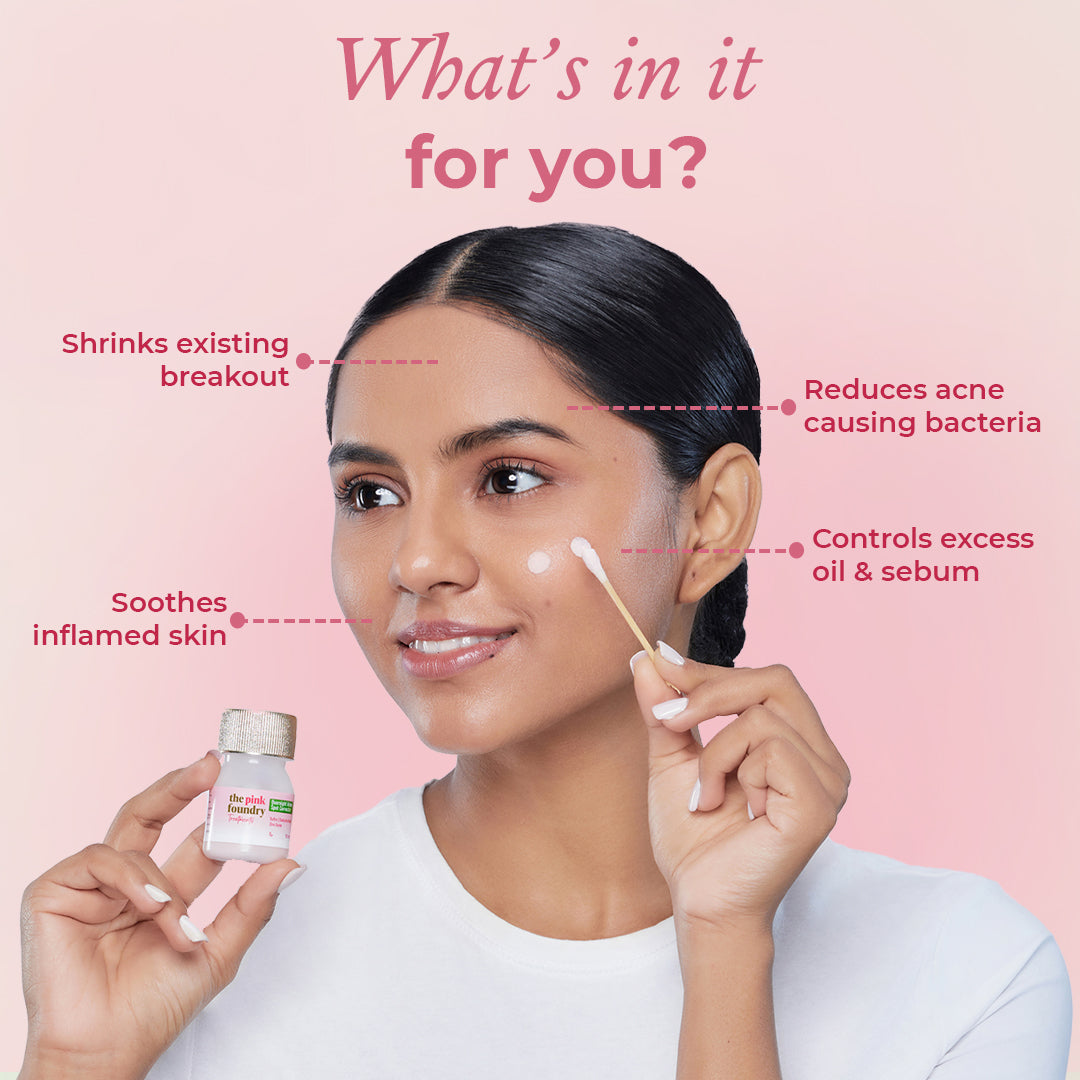
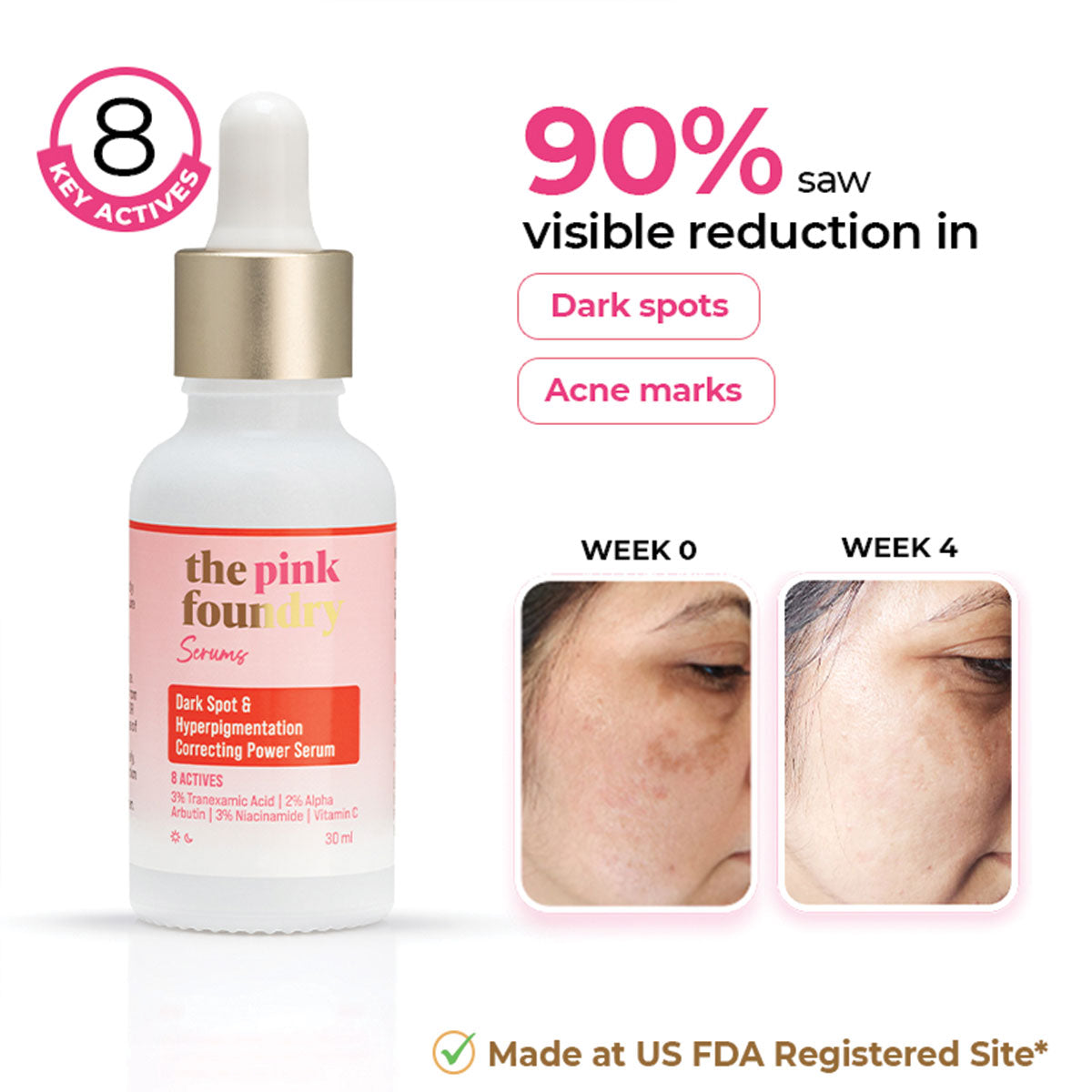
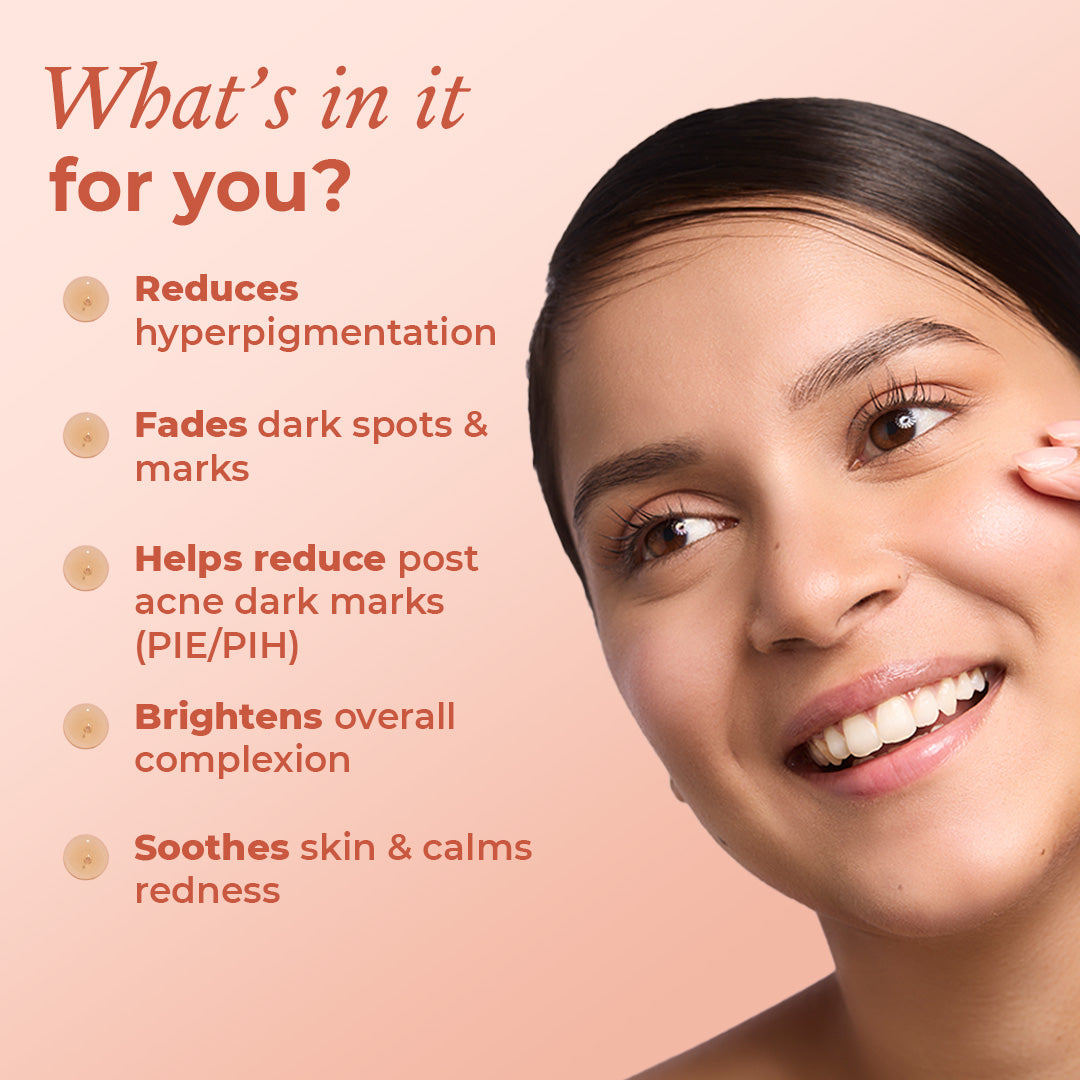
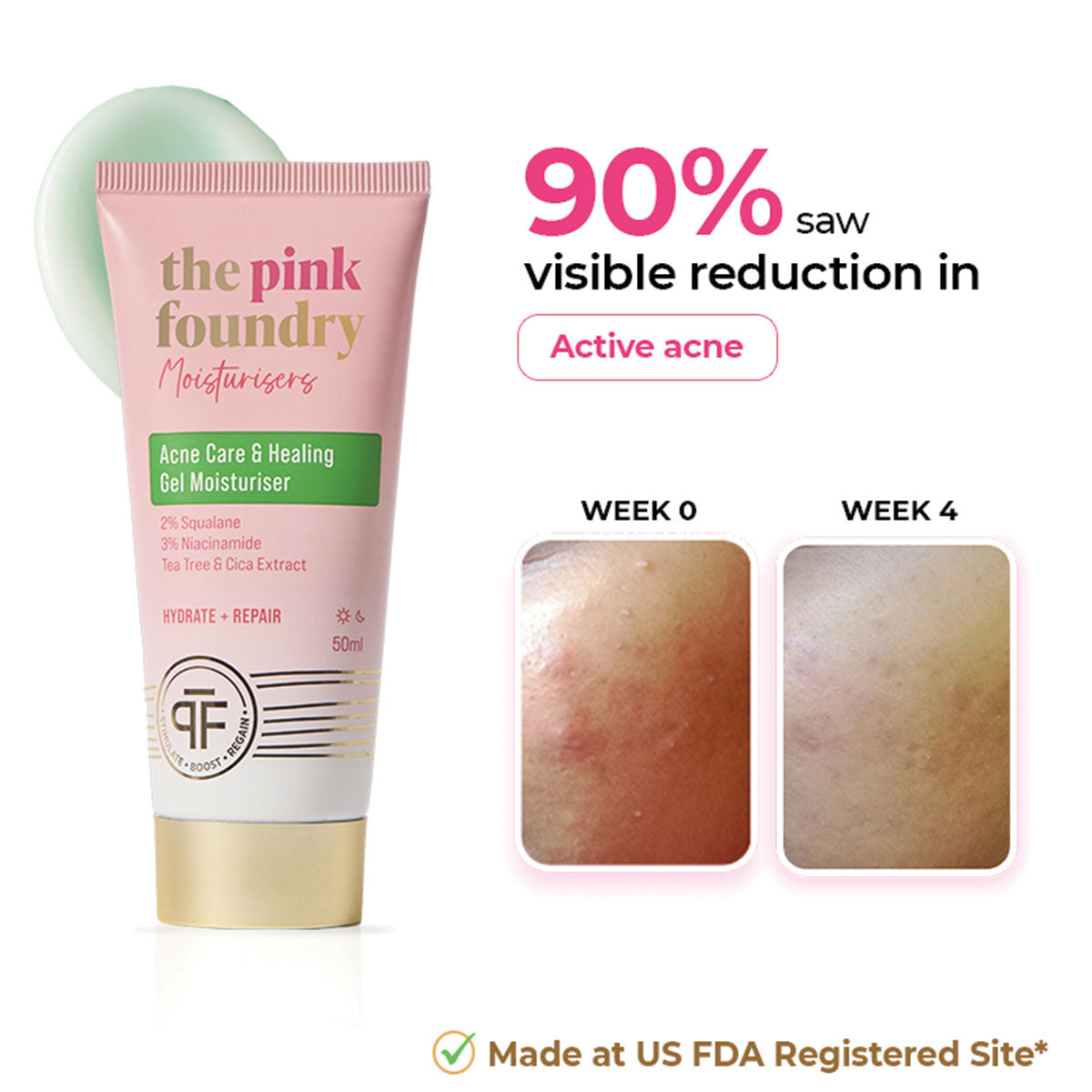
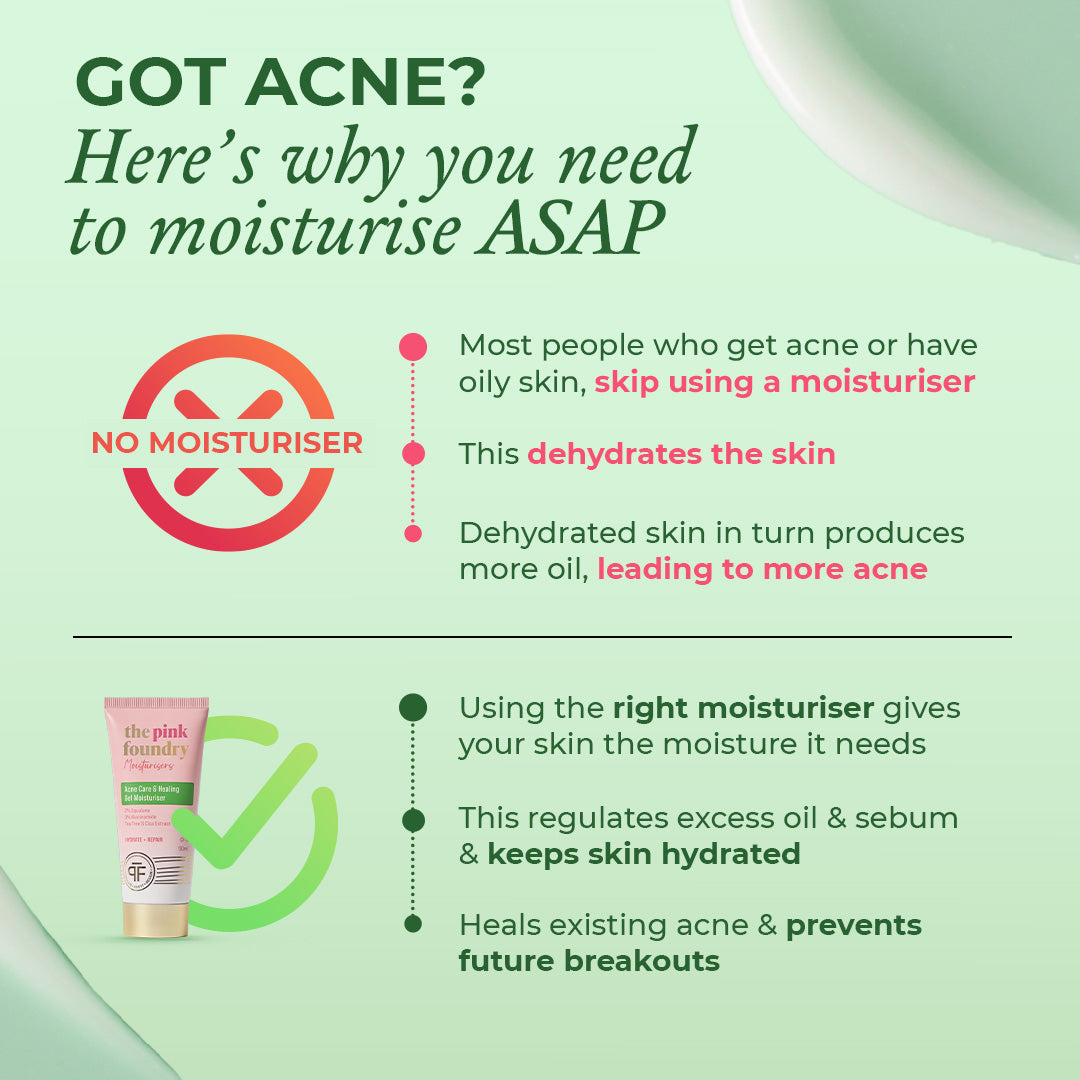
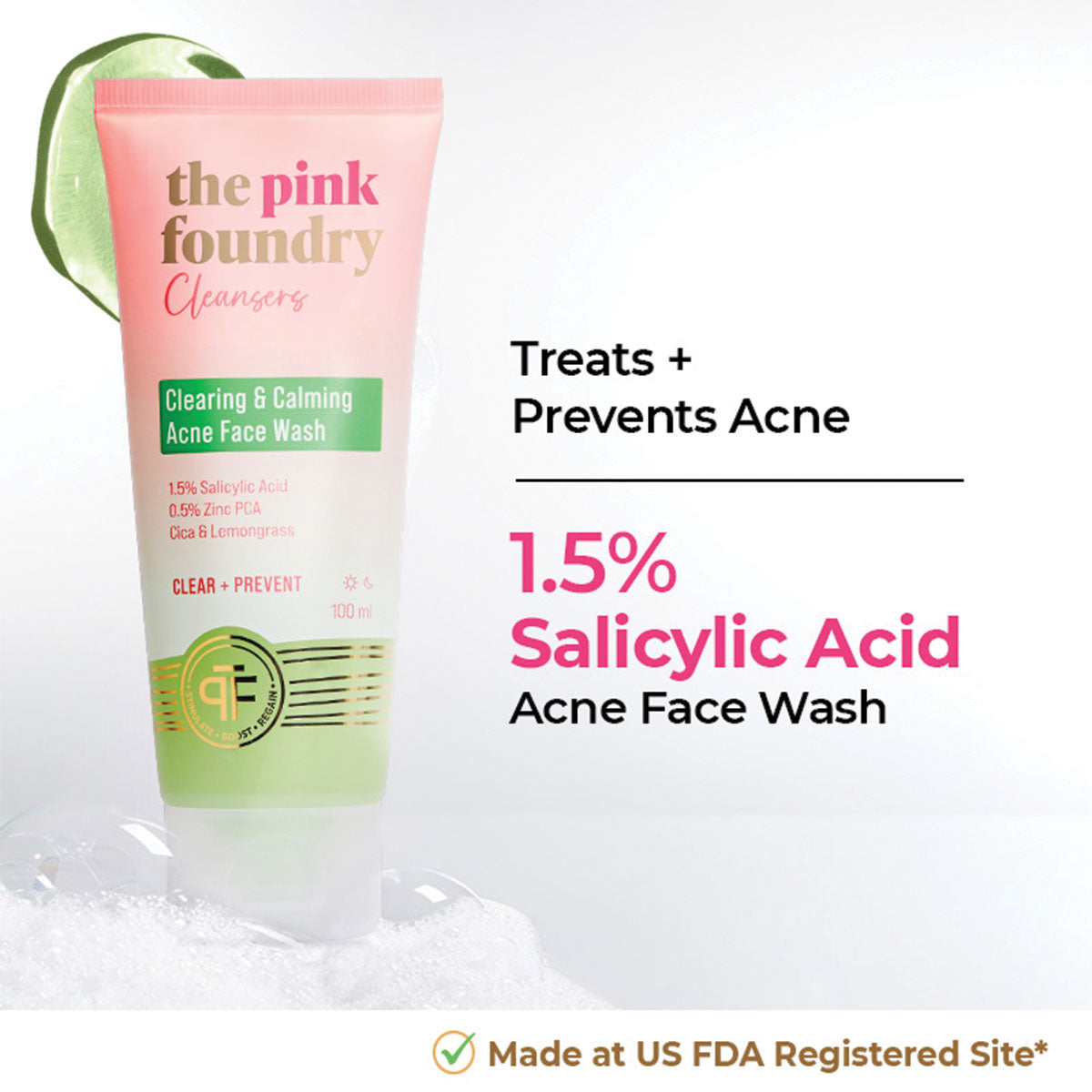
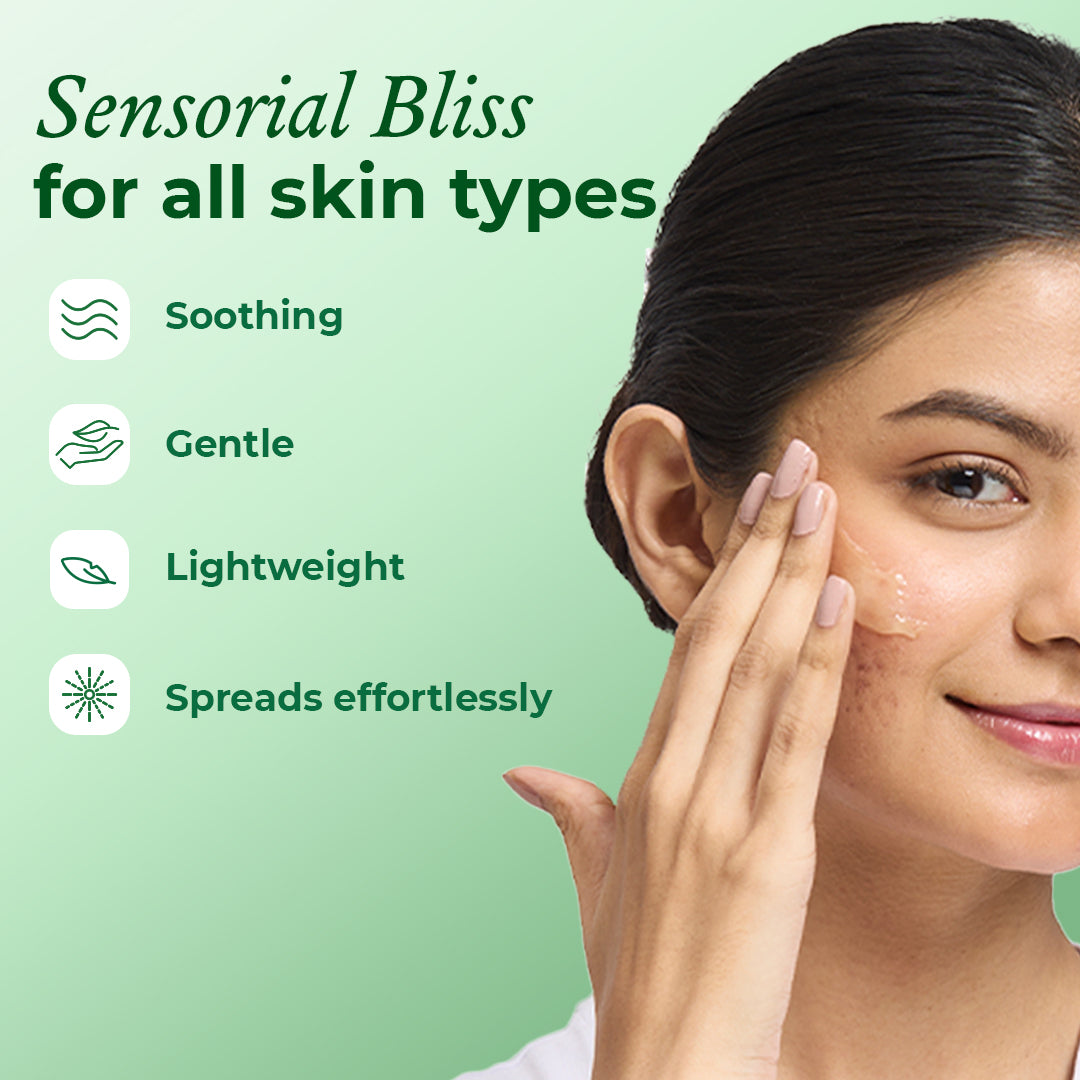
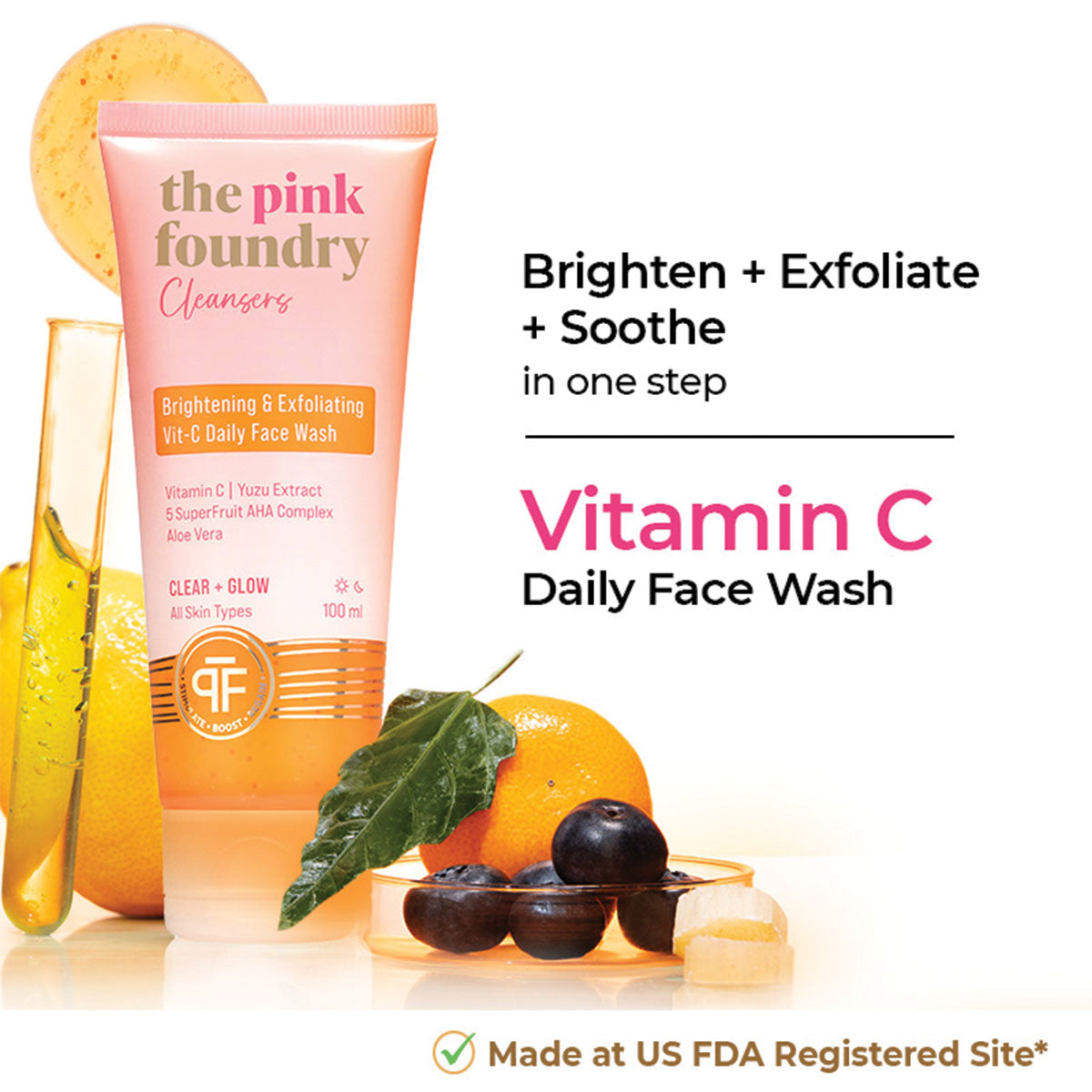
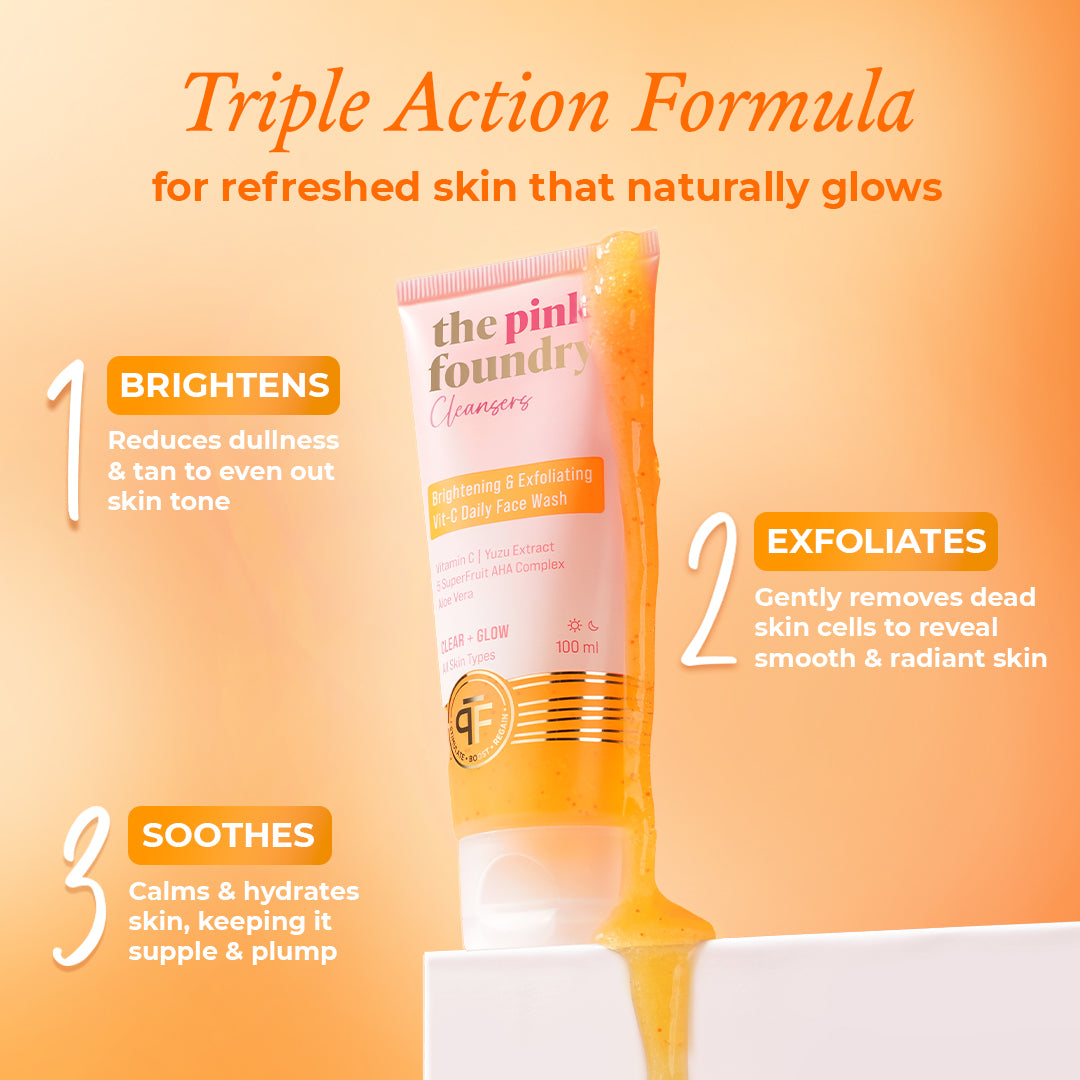

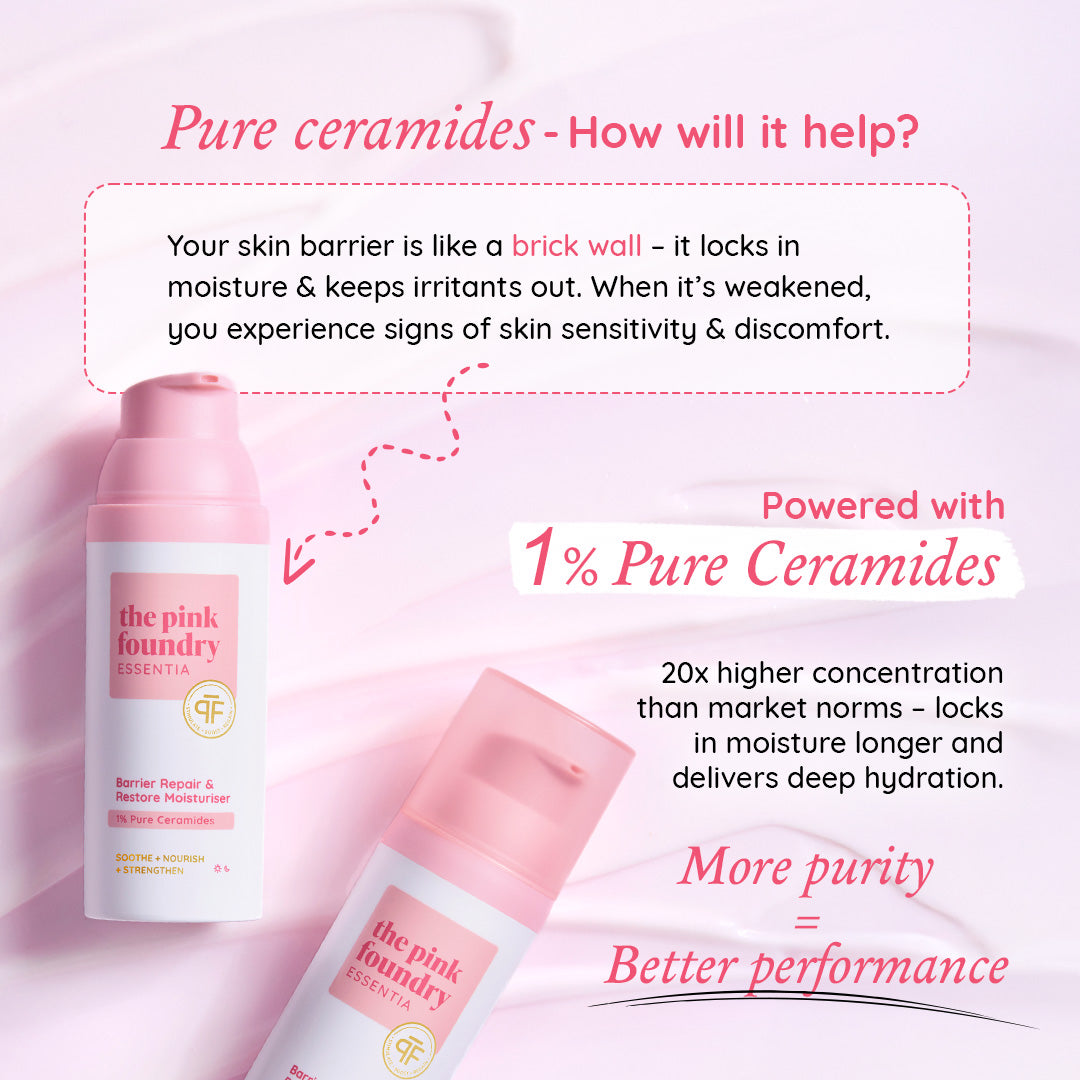




Leave a comment
This site is protected by hCaptcha and the hCaptcha Privacy Policy and Terms of Service apply.